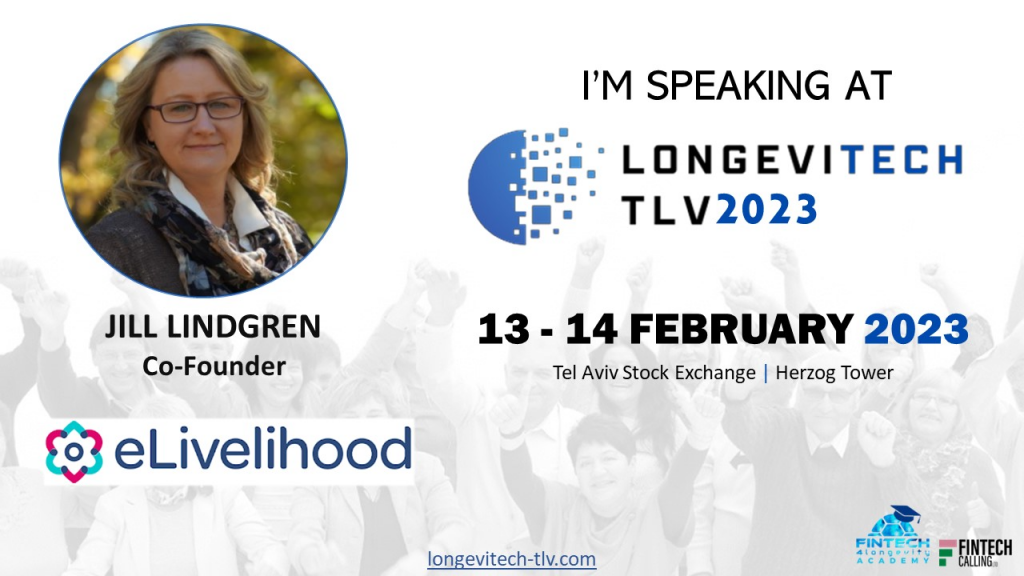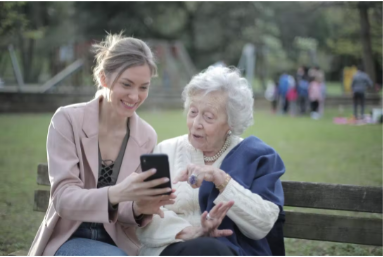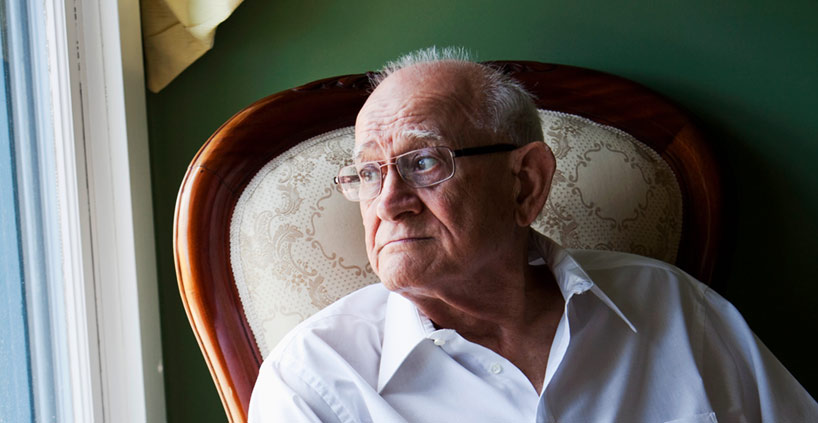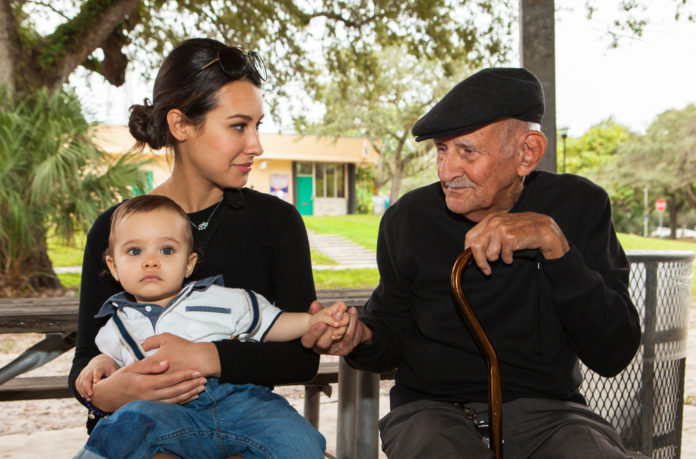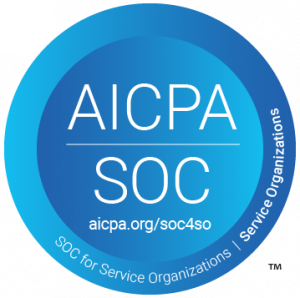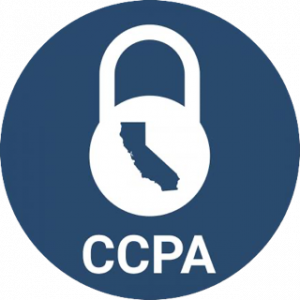What are the estimated economic impacts on primary caregivers?
The direct economic effect resulting from caregiving is estimated at nearly $44 billion through the loss of 656,000 jobs and an additional 791,000 caregivers suffering from absenteeism issues at work.
The economic impacts on primary caregivers can be significant and multifaceted. These impacts can vary depending on factors such as the caregiver’s personal financial situation, the level of care required by the recipient, the availability of support systems, and the caregiver’s ability to balance caregiving responsibilities with employment. Here are some of the estimated economic impacts on primary caregivers:
- Lost Income: Many primary caregivers are forced to reduce their work hours or leave their jobs altogether to provide care. This results in a direct loss of income, including wages, salary, and potential career advancement opportunities. Over time, this can lead to reduced lifetime earnings and a diminished retirement fund.
- Increased Expenses: Caregivers often incur additional expenses related to caregiving, such as medical co-pays, transportation costs for medical appointments, home modifications, and the purchase of medical supplies or equipment. These expenses can add up and strain the caregiver’s budget.
- Opportunity Costs: Caregivers may miss out on career opportunities, including promotions, raises, and job-related training, as they prioritize their caregiving responsibilities. This can have long-term implications for their earning potential and job security.
- Reduced Retirement Savings: Caregivers who have to leave the workforce or reduce their working hours may struggle to contribute to retirement savings accounts like 401(k)s or IRAs. This can lead to inadequate retirement funds and financial insecurity in old age.
- Healthcare Costs: Caregivers often neglect their own health due to the demands of caregiving, which can result in higher healthcare expenses in the long run. Delayed or neglected medical check-ups and treatments may lead to more serious health conditions.
- Mental and Physical Health Costs: The emotional and physical toll of caregiving can have its own economic impact. Caregivers may require therapy or medical treatment for stress-related conditions, which can incur additional costs.
- Social Security Benefits: Reduced income and fewer working years can affect a caregiver’s Social Security benefits. Their retirement and survivor benefits may be lower than they would have been if they had continued working without interruption.
- Impact on Other Family Members: Caregiving responsibilities can strain the finances of other family members, particularly if they need to step in to provide financial support or assistance with caregiving duties.
- Dependency on Government Assistance: Some caregivers may eventually become dependent on government assistance programs due to their financial challenges. This places an additional burden on public resources.
- Reduced Wealth Accumulation: The economic impacts of caregiving can reduce a caregiver’s ability to accumulate wealth, save for major life expenses (e.g., education for children), or invest in their own personal development.
It’s important to note that the economic impacts on primary caregivers can vary widely based on individual circumstances, and not all caregivers will experience all of these consequences. Additionally, the economic toll of caregiving can often be underestimated or overlooked, highlighting the need for better support systems, policies, and resources to assist caregivers in managing their financial well-being while fulfilling their caregiving duties.
For more information on this topic, please visit Blue Cross Blue Shield: https://www.bcbs.com/the-health-of-america/reports/the-economic-impact-of-caregiving#

